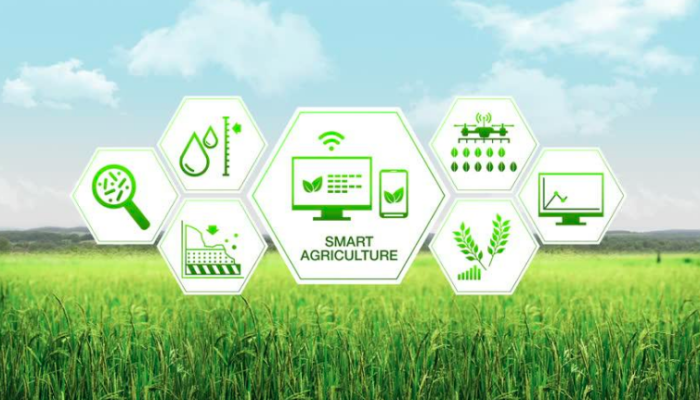Using satellite information through global positioning system to collect precise and accurate coordinates of farms and match them with the locations to aid their dissemination to farmers, a project launched recently in Uganda is transforming the livelihoods of smallholders.
The Technical Centre for Agricultural and Rural Cooperation-led project has significantly increased smallholders’ crop yields and helped improved their livelihoods. Based on information and communication technologies (ICTs), the project has agents who profile willing farmers into the service using mobile phones. The agents visit smallholder farmers at their homes and farms and take their details including -names, members of the family, type of crops they grow and their historical yields. After being enrolled, farmers can then receive preseason messages on their mobile phones.
Balidawa Siraj, a farmer who serves as an agent of the project, is in charge of a sub-county with about 630 smallholders including 330 women, says his work is to sensitize farmers about the project and the advantages of enrolling in the service.
The project’s agents such as Siraj also give specific advice to farmers on when to plant, how to plant and types of crops to plant depending on the preseason messages received.
Transforming farming and economies
According to Michael Hailu, director of the Technical Centre for Agricultural and Rural Cooperation, agriculture should not only be taken for subsistence but as a business for smallholders to have enough not only for consumption but also to improve livelihoods and transform countries.
“The role of the smallholder producer is extremely important especially in Africa in terms of creating jobs but in order to succeed, agriculture has to be transformed,” explains Hailu. “It is through innovations and inclusion of technology into agriculture that smallholders can see high yields and also improve their incomes, livelihoods and their country’s economies”
Dick Nuwamanya Kamuganga, the president of Ugandan National Farmers Federation, said that, “the projects major challenge is the subscription of small-scale farmers as some are less educated and not able to conceptualize the digitization of the project operations. It takes time to be able to convince some farmers on how helpful the technology is to them.”
Sustaining digital agricultural projects
According to Hailu, there is a need for digital agriculture to be self-sustainable and free from funding.
Siraj says that farmers have to pay a fee before they can be enrolled and start receiving alerts. “The four packages for services are not free. Initially, the fee was 14,000 Ugandan shillings (almost US$4) but it rose to about U$5 from January to June. However, the fee totally caters for the insurance,” he explains.
Dennis Rapong’o, the lead agronomist at UjuziKilimo-Kenya, an agricultural technology company, says that agriculture in Africa is headed in the right direction and with the right tools, there will be a reduction in poverty as a result of increased crop yields.
UjuziKilimo-Kenya has developed a sensor-based soil testing kit to analyse the quality of soil, location of farms and send values to a database from which farmers receive short messages on their mobile phones on suitable seeds, soil treatment methods, fertiliser for high yields, he adds.
Farmers who have subscribed to UjuziKilimo technology also receives an additional relevant agricultural information and also market linkages and average market pricing for their produce.
But Rapong’o says that adopting such technologies by farmers is not easy because most are not flexible to change from their old ways of farming to modern methods influenced by such technologies.
“To deal with the challenges, it is important to have farmer education on digital agriculture,” he tells SciDev.Net. “Let farmers understand the importance and value of technology in agriculture before rolling out the programmes.”
Credits to SciDev.Net’s Sub-Saharan Africa English desk.

